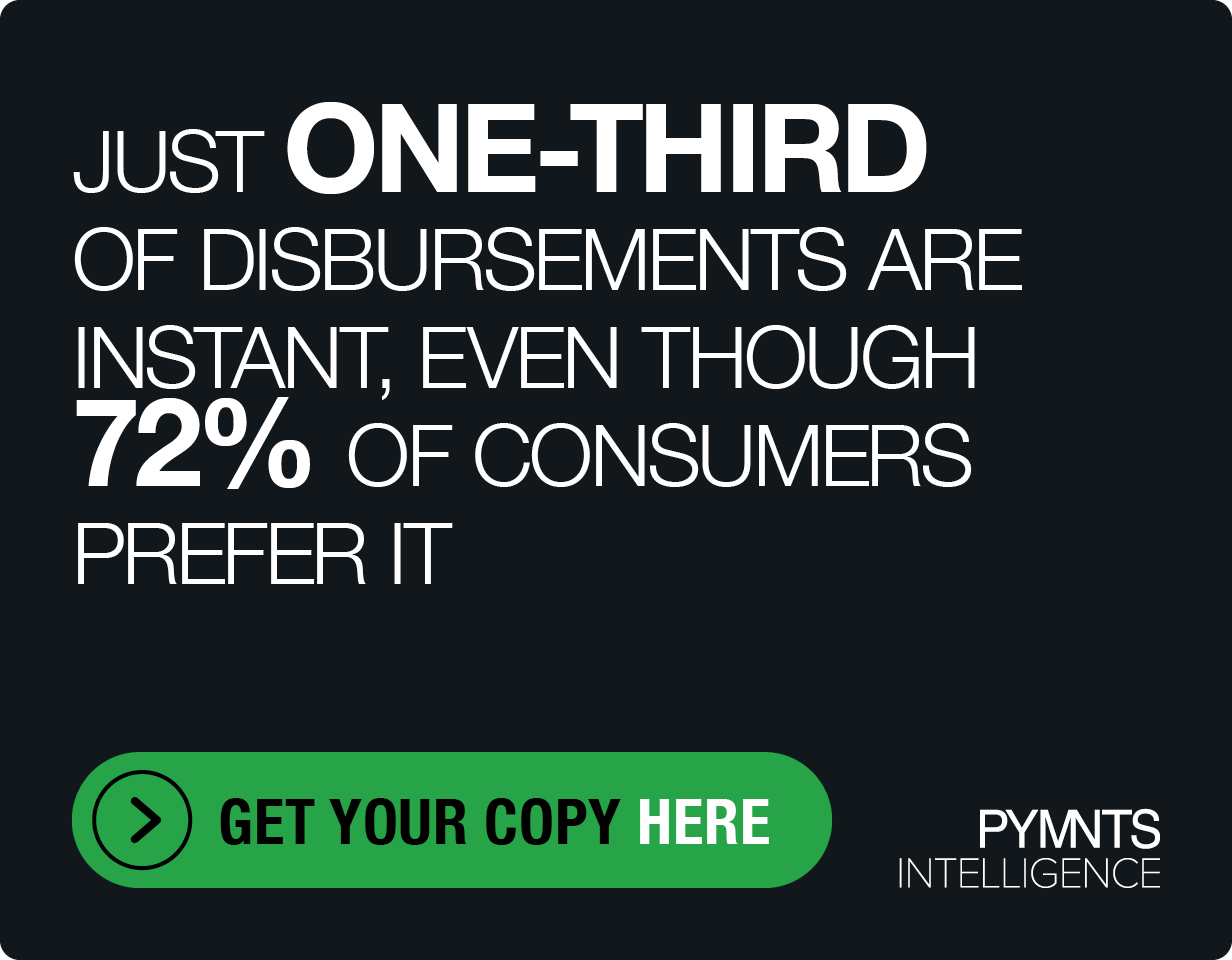Bridging The Perception/Retail Innovation Gap For SMBs

Truth exists in the gaps.
Yes, that sounds like a lazy stab at wisdom — more like a parody of a pretentious mission statement than anything worth the attention of PYMNTS readers — but those five words do, indeed, say so much.
For instance, why are there significant, revenue-draining gaps between what merchants think about payments innovation and what they actually do? You can’t blame hypocrisy for that – not when fresh data from PYMNTS, along with a new interview with Nicky Koopman, SVP of content and value-added services at AEVI, tells a much deeper story.
Koopman and Karen Webster recently engaged in a discussion about how those gaps apply to a very specific but lucrative part of the retail landscape: the health and beauty product space.
Using the February Retail Innovation Readiness Index from PYMNTS as their guide, they tried to figure out the reason for those innovation gaps, and what can be — or should be — done to bridge those distances, an effort that promises to increase customer acquisition, loyalty and revenue. AEVI, which sees itself as providing next-generation merchant acquiring services, brought an expertise to the conversation that helped illustrate what retailers are dealing with when it comes to finding the best innovation for their particular needs.
Loyalty and Innovation
Consider this finding from the PYMNTS report: 61.7 percent of health and beauty merchants cited customer loyalty as their reason to innovate, but only 35 percent of merchants said they’re prepared for it. That is a major gap, and speaks to the potential — and very real — lack of progress when it comes to innovating in a typically revenue-rewarding retail task. After all, as Koopman pointed out, “loyalty customers will spend up to 11 percent more” than other shoppers.
What explains the gap between the ideal and the reality, then?
The answer is complex, but speaks to the larger issues involved with getting merchants to invest the money and time into innovation.
First, as Koopman told Webster, “innovation is quite a difficult topic,” and there exists a “lack of awareness and education” about what innovation is and can do, along with “an overwhelming offering” that can all but paralyze a merchant. (Just think of the tyranny of ample choice, as a grocery shopper can be stopped cold when presented with a long aisle of choices in cereal, bread or chips.)
Not only that, but choice is tied to cost, and it’s not the easiest work in the world to figure out which innovation — a new point-of-sale technology, for instance — might be the most cost-effective.
“Business owners are not experts on payments,” Webster said, putting a finer point on those challenges, “but only in whatever areas they operate.”
Smart POS Knowledge
That certainly holds true for merchants that sell health and beauty products.
Take the rise of so-called smart point-of-sale (POS) technology, among the hottest trends in digital payments and commerce — once designed to not only make the merchant’s life easier via more efficient customer service and expanded payment methods, but also to better link online and brick-and-mortar retail via loyalty programs, delivery service and other offerings.
But according to the new PYMNTS Retail Innovation Readiness Index, smart POS systems are about as well-known among many health and beauty merchants as was the existence of Pluto to people living a century ago. Okay, that’s exaggerated, but the numbers paint a harsh picture: Among health and beauty merchants that take in less than $500,000 annually, a full fifth of them — 20.1 percent — have never heard of smart POS systems, and are not interested. For the largest class of merchants — those with annual revenue between $10 million to $100 million — that percentage drops to (a still significant) 10.4 percent.
Acquirer Role
Who is to blame for this ignorance about retail innovation?
According to Koopman, it’s partly the merchant acquirers. Merchant acquirers understand they cannot compete just on price point anymore, yet years of sales force training prevail and selling innovation requires that the sales people understand the value it brings to merchants beyond the percentage of cost saving per transaction. It’s not so much that merchants are unwilling to embrace innovation — assuming the cost is right — but that, in general, they are not presented with enough pragmatic information about innovation, and about what newer technologies such as smart or all-in-one POS systems can do for their businesses. In short, too few acquirers are offering the right solutions to merchants.
Granted, that sounds more than a bit self-serving coming from AEVI, which, after all, is seeking to increase its role and revenue in the acquiring space. But as anyone who has dealt with and covered acquirers can attest (and that includes certain PYMNTS writers), Koopman’s observation rings true. And that’s not to disparage merchant acquirers, but to point out a reason for the innovation gap documented by the new PYMNTS retail report, and to show where the system might be breaking down.
Bridging the Gaps
So how can the innovation gap be bridged, besides expecting more from those acquirers (which itself offers a huge business opportunity)?
Merchants, for their part, need to get a firm grasp not only on what customers want, but on which consumer demands will provide the most value. As both Koopman and Webster pointed out, some 80 percent of health and beauty retailers covered by the PYMNTS report do want to offer such features as digital receipts, customer satisfaction ratings, solid loyalty programs and expanded payment methods. “For merchants, it’s all about offering value to their customers, all about solutions that can optimize their businesses,” Koopman said.
Doing so might require a change in the general mindset of those merchants, a shift that can lead to more pressure being applied to acquirers and a more pragmatic view of which innovations will offer the best return on investments.
“Look at open ecosystems,” Koopman said. “They lead to the best innovations. Don’t limit yourself.”
As well, she added, it pays to look at the different needs of the back office and customer-facing, front-office operations, and to find ways to innovate that satisfy both parts of the business. One option is to tap into the “all-in-one” POS systems that offer relatively easy integration possibilities, she noted.
Commerce and payments are not really getting any easier. As consumer demands shift and become, well, much more demanding, retailers that cannot keep up face unforgiving prospects. One way around that is to recognize the innovation gaps, figure out why they exist and find ways to bridge them. Doing so is becoming easier, even as the data demonstrates the significant size of those gaps.
“Innovation has become much more affordable and easier to implement,” Koopman said.
